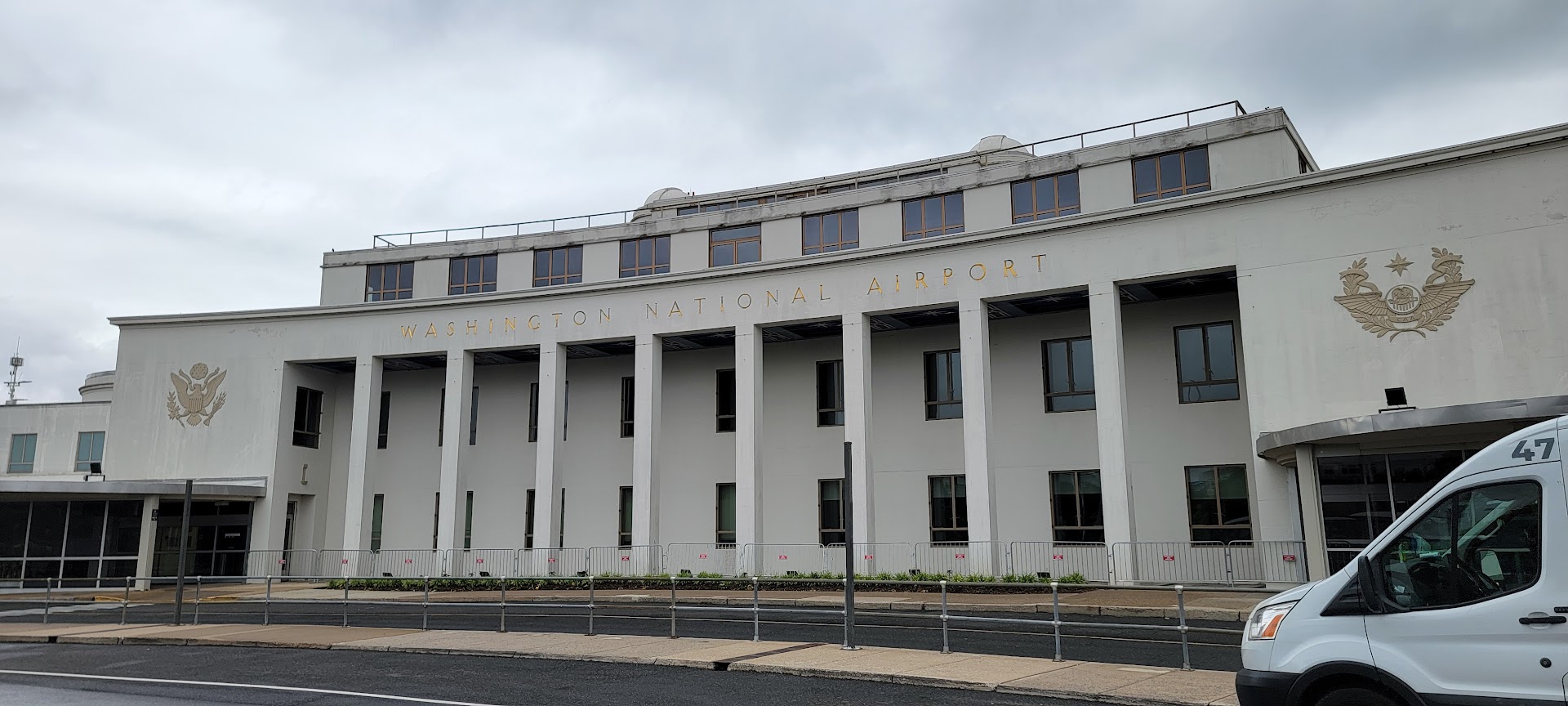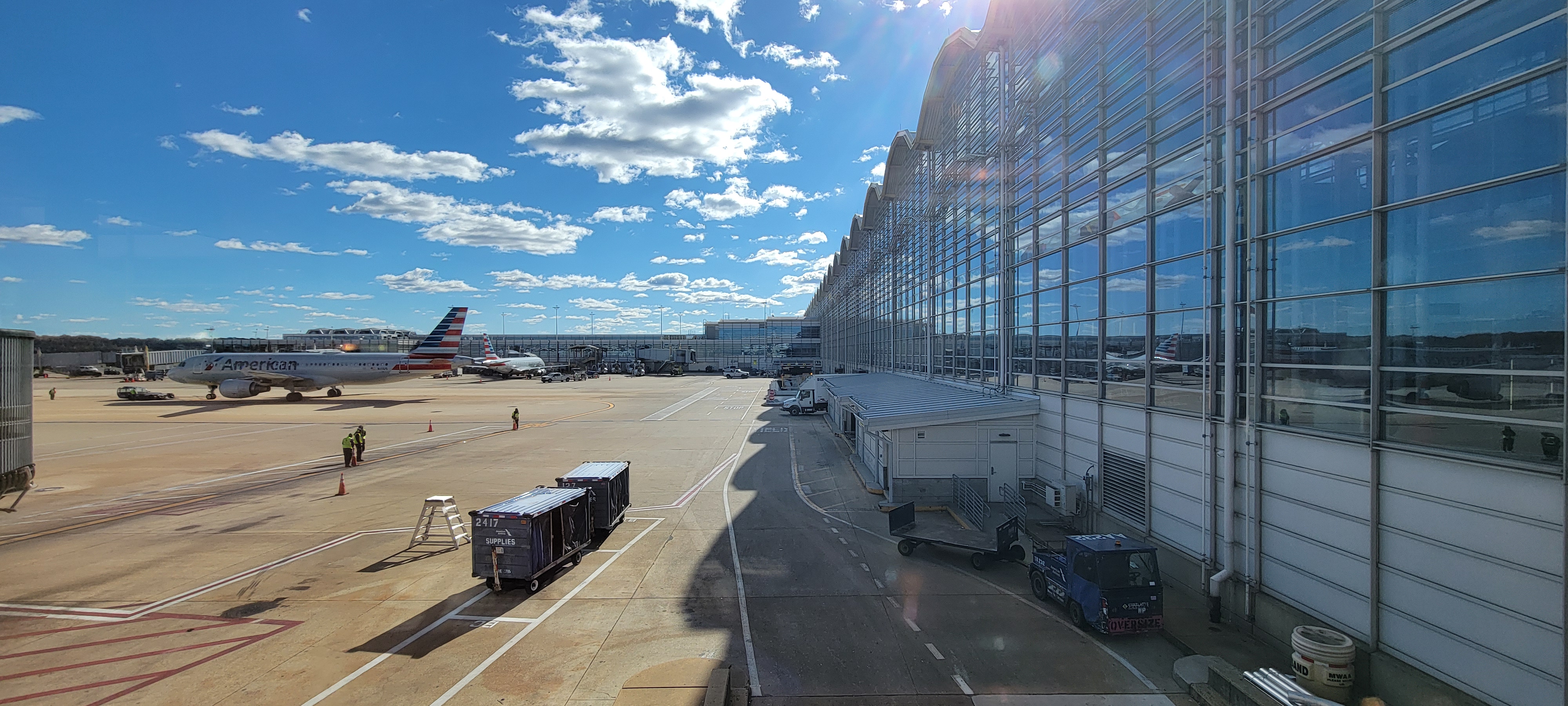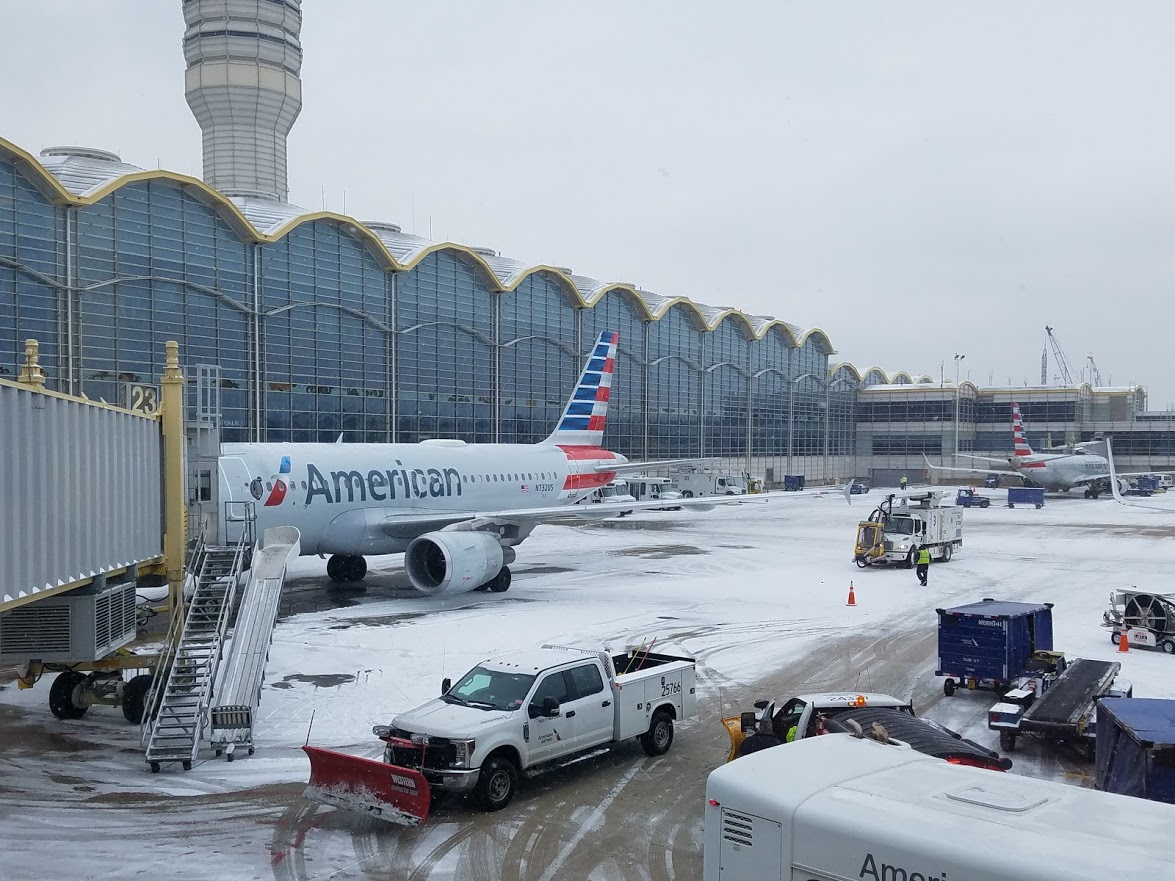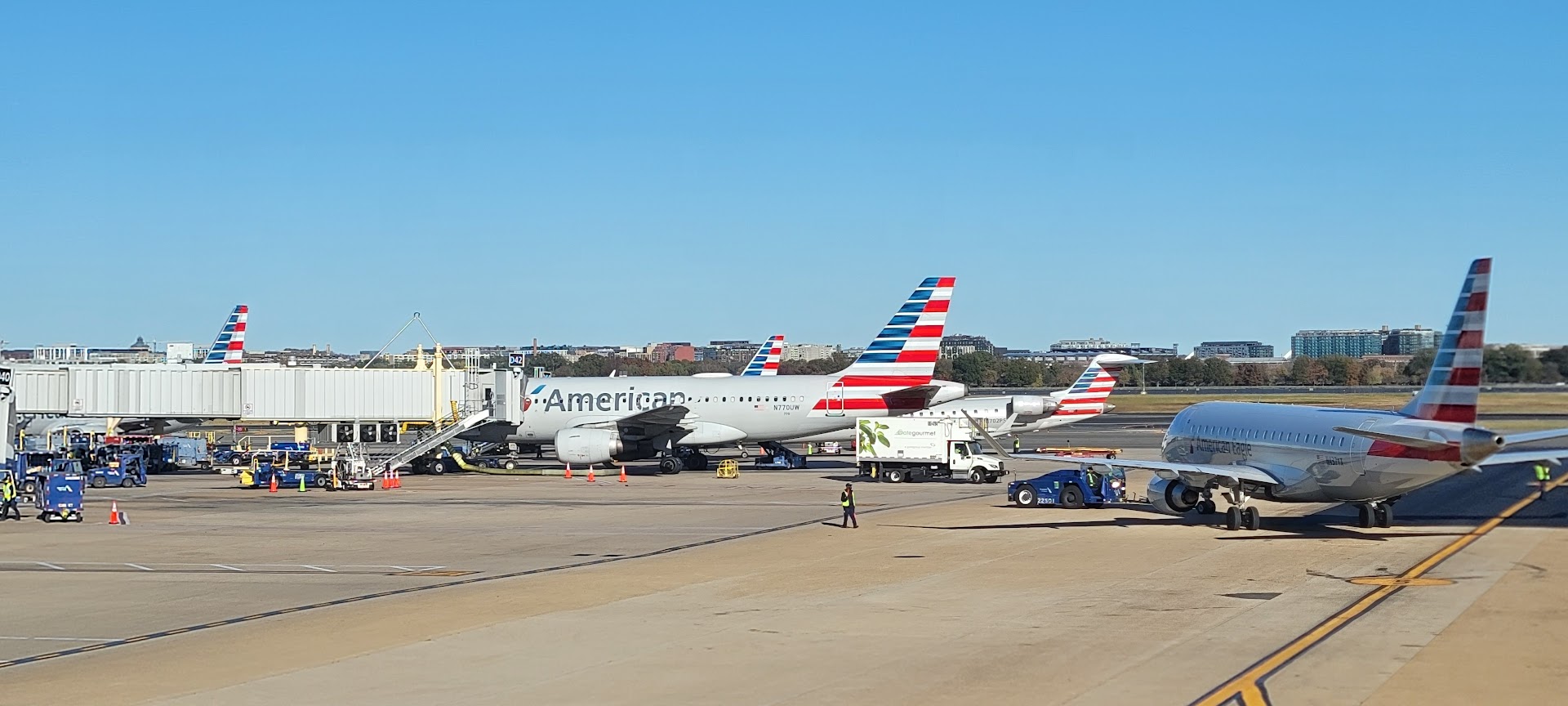Following the disastrous collision of a military helicopter and an American Airlines regional jet landing from Wichita at Washington’s National airport on January 29, the FAA restricted the helicopter flight path around the airport. It appears that the Blackhawk was flying at an altitude above where it was supposed to be at the time the two aircraft collided.
The FAA has also reduced throughput at the airport with runways 15-33 and 4-22 closed for the duration of the salvage operation, and all flights currently using the airport’s main Runway 1-19.

The change is being reported as a reduction in allowable arrivals from 28 to 26 per hour. The number of allowable movements per hour is actually a little more complicated than that.
- 14 C.F.R. § 93.123(c) sets the maximum number of takeoffs and landings at Washington’s National airport at 60 per hour. Of those, 11 are set aside for planes with no more than 76 seats, and 12 are for general aviation and unscheduled flights. There have been are almost no general aviation flights at the airport since 9/11.
- In addition, 5 takeoffs and landings may be for slot exemption flights. And 49 U.S.C. § 41714(d) provides that an airline can slide slots into another time, with two such takeoffs and landings permitted per hour (reducing the number in a different hour).
- As such, the maximum legal number of takeoffs and landings in any hour is 67, averaging at no more than 34 of either per hour. However, backing out general aviation and that’s a maximum of 28 takeoffs or landings in an hour including slot slides, when you simplifying by dividing the number of takeoffs and landings by two.


That’s how you get to the colloquial understanding of 28 arrivals per hour being the legal maximum. In fact, most hours there do not approach that many. As a result, the change to allowable operations to permit just 26 per hour could mean some schedule adjustments, but won’t impact the number of slots any airline holds or uses.
Enilria points out that this mostly affects recovery from irregular operations. When an airline is off-schedule, especially during weather events, it’s going to be more limited at the airport. It will take longer to recover from delays. And since American Airlines has about half of the operations at the airport, it will affect their reliability the most.

Discussion of capacity at the airport often centers around it being especially busy. That’s pushed by local residents and their representatives (anti-noise NIMBYs) and by United Airlines which wants to protect its operation at Washington Dulles from competition (and those lobbyists and politicos taking there cues from United). What’s often missed is that the FAA has estimated capacity when the 3 runways are in operation at significantly greater than what’s been used in recent years. The airport’s general aviation slots and takeoff and landing allowances have gone largely unused.
The usual suspects have used the tragedy as an opportunity to call for limits on use of that airport, even though it appears that the problem isn’t commercial use but military helicopters. Military use of the airspace has grown exponentially, and with little scrutiny and the flimsiest of justification.

During the Cold War, average annual military spending was about $298.5 billion in 1996 dollars, equivalent to approximately $500 billion in today’s dollars. Last year, U.S. military spending exceeded $850 billion – greater than during the Korean and Vietnam wars in inflation-adjusted terms, which has seen growth by roughly half since 9/11.


Shut down national airport and make Dulles a national showcase
Gary, thank you for posting on this–honestly, anything they can do to avoid another tragedy is worthwhile. 28 to 26 is not a major change, but if it makes a difference, and helps the already strained ATC to have a better handle on things–why not. Let the actual experts decide please.
What 1990 posted says it all. Accidents always have and sadly always will happen in the sky but flying has never been more statistically safer than it is now. It’s because the actual experts can and do learn from every accident. The politicalizing of this accident has been sickening, based on ignorance and undermines learning from it.
This is the most comprehensive post I’ve seen about this news, thank you for the education — safety first. Several inches of snow ETA later this afternoon so some irregular operations on the way.
The ONLY cause of the crash was a Biden administration employee that was pushed through the program at the Army because “making history” or some bs. All electronic traces of her have disappeared hence the 3 day delay in identifying her. They certainly couldn’t have anyone going through her social media and discovering information that would be embarrassing to the Army or Brandon.
She KILLED 66 people. They can start with her.
It was truly stupid to think that 100 feet of space would ever prevent an accident on crossing flight paths. I am surprised it hasn’t happened sooner. Helicopters should stay far away from National and small players should be pushed out and let the big 4 operate there and allow AA to complete with UA (how about an AA XLR flight to London!). It’s an important airport, it was just dumb luck this didn’t happen sooner.
Bless the souls of those who were lost and help their families through this time.
@ Gary — End the new DCA-SAT route and any others that are purely for the convenience of Republican congressman, except any route I may fly (of course).
I wonder if more people will choose to fly out of IAD instead, at least where UA goes.
@Arthur — That’s an interesting thesis on behavioral changes from indirect collective trauma.
For comparison, NYC (and the airline industry at-large) dealt with a similar reaction for years after 2001. At least for DC, there is no known health risk; whereas, we learned far-too-late for first-responders and clean-up crews about the risks at ‘Ground Zero.’
So, yes, maybe in the short-term, some traveler’s ‘preferences’ may change (to IAD or BWI, or Amtrak, or driving), especially for those in living in suburbs or just visiting the area, but I suspect that for frequent public and private sector business travelers, those folks have already reverted to the relative convenience of DCA, especially if their actual destination is Arlington or DC-proper.
Also, one other a notable distinction between this recent tragedy and the attacks are that the collision was an apparent ‘accident’ and was not as vividly documented–remember, we (in the US) literally went to war shortly after. So, ideally, the recent tragedy leads to greater funding and support for ATC, FAA, DOT, NTSB, airlines, passengers, everyone (as Gary has suggested). Or, it becomes yet another political ‘football,’ which is really disappointing to most of us, it seems.
@Arthur – No. Dulles is a mess.
@Gene – DCA-SAT isn’t something you’ll really see Ted Cruz flying, he got this so he could promote it while running for re-election
@Gene
And the DCA-IAH flight. Sheila Jackson Lee won’t be down for breakfast.
@Trk – your comment about DCA and IAD is truly one of the stupidest, most asinine things I’ve heard in recent memory.
I worry that we both exist during the same period in world history.
@CHRIS Sheila Jackson Lee died last year.